By Melissa Colabella
Here in the River towns (Hastings on Hudson, Dobbs Ferry, Irvington, Tarrytown and Ossining) you will see a lot of “Craftsman style” homes for sale. “Craftsman” is a term that falls under the umbrella of the Arts and Crafts movement, a political reaction to the Industrial Revolution. Arts and Crafts supporters detested mechanized labor that placed an emphasis on mass production over hand-made artisanship. This explains the irony and frustration I feel when I see a misinformed realtor selling cookie cutter development homes as “Arts & Crafts.”
It was John Ruskin’s writings in the 1850s that inspired William Morris to study philosophy and morality of human labor and how it affected art. As a result, Morris went on to become one of the most influential leaders in the Arts and Crafts movement. It’s important to realize that his efforts were to create more than just a design aesthetic although today it can be considered a categorical style. Morris and C. F. A. Voysey wallcoverings and textiles are still sold today.
Characteristics of Arts & Crafts style homes include inglenooks, motifs inspired by nature, metalwork, millwork, art glass, earthy color palettes, “simple” siding (defined as more natural but can be wood shingles, clapboard, or stucco), ample grouped windows and porches and landscape design that connects the interior to the exterior.
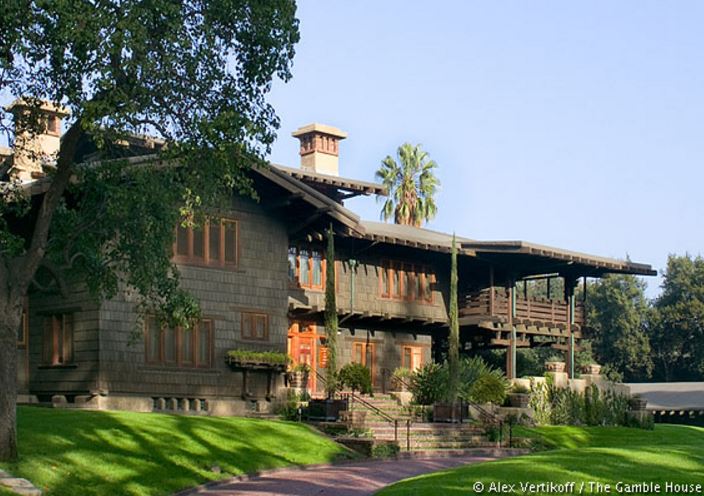
www.gamblehouse.org
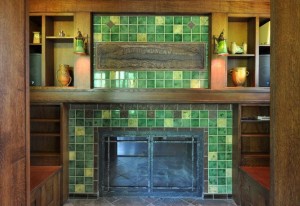
63 Ferndale Rd, Hastings on Hudson, JBFSIR.com
By the 1870s, the Arts and Crafts movement began to flourish but after the deaths of Morris and Ruskin, the momentum of the movement in England began to wane while it began to gain momentum in America. Americans interpreted this movement and combined it with our global influences. There was a strong push to rally against the ornateness of the Victorian era and what those revival style represented. The excess was the antithesis of what the Arts and Crafts movement stood for which could simply be defined as quality over quantity and available to all.
One of these designers was Gustav Stickley whose vision was to give working class families the opportunity to afford quality furniture and architecture. Stickley published a magazine called The Craftsman in 1901 and focused on the early work of William Morris and John Ruskin in England. As the magazine matured it broadened its coverage to include homes and home crafts, literature and music, architecture, city planning, social conditions and progressive political issues. It became the primary resource for promoting the Arts and Crafts philosophy, as well as his products. The term as we know it originated from his ability to reach and educate a mass audience.
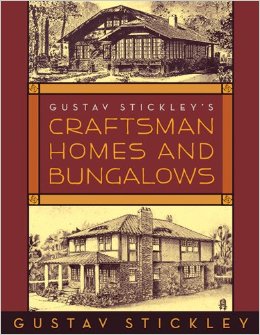
The most successful designers in America were the ones who combined the art and skill of craftsmanship while using the latest production techniques to produce their architecture. Architects Charles and Henry Greene combined their appreciation to Japanese design in The Gamble House, built for David Gamble of Proctor & Gamble 1908. Spanish architecture influenced the Mission style that we see heavily in California and the Pacific South West.
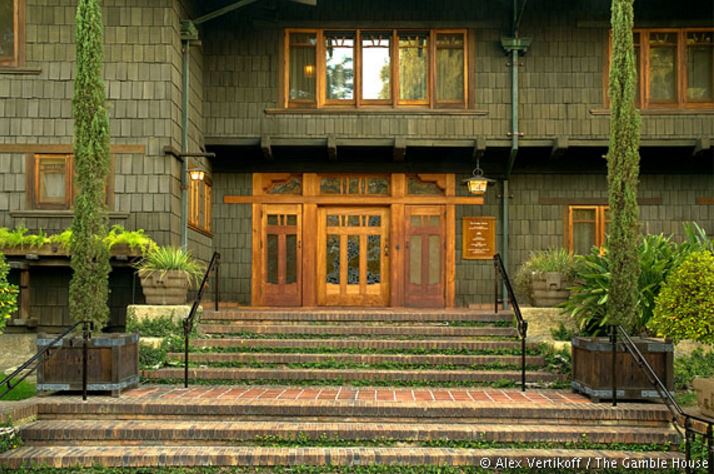
www.gamblehouse.org
Americans appreciated the use of mechanized labor with the vision that machinery would help more Americans experience the beauty of the Arts and Crafts lifestyle, a truly democratic vision. The “more for all” mentality spurred mass production which eventually created a devolution of the original Arts and Crafts movement but an interpretation of Craftsman styles we would see evolve regionally.
The movement focused on five simple values that may help you identify the influence of such characteristics:
• Intended for the craftsman to find joy and pride in his work
• To create well-designed, “honest”, affordable objects and architecture
• To live simply
• To integrate and stay connected to nature
• To maintain integrity
The architectural styles that resulted from the influence of this movement include Bungalow, Prairie, Mission, Tudor and American Four-Square. Over time we see these styles borrow from each other and incorporate outside influences. American Four- Square homes stray furthest from the philosophy of the movement.
If house hunting for a home here in the Rivertowns you’ll likely see meandering stone paths with our hilly topography, porches, porticos and window positioning that makes the most of our view of the mighty Hudson River.
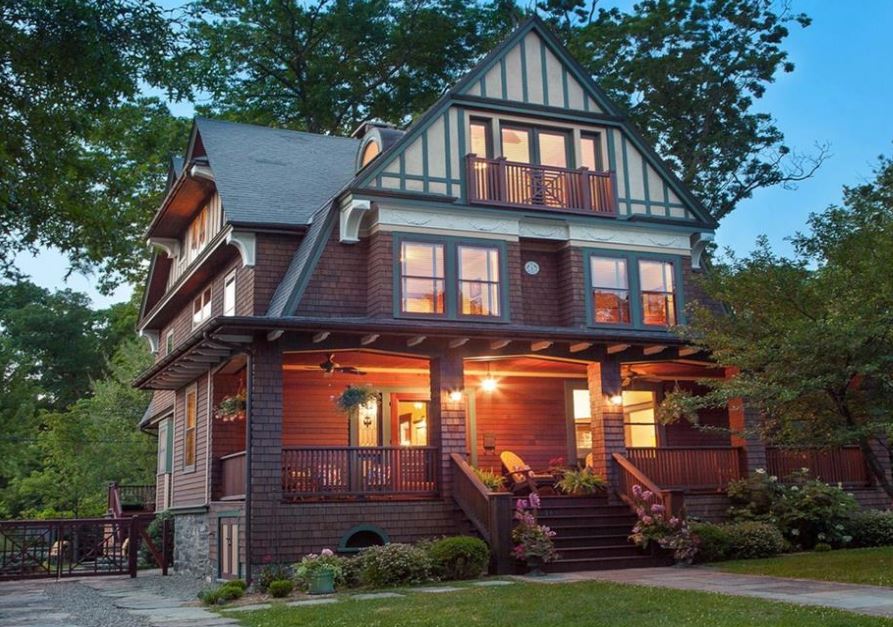
Recently Sold. 11 Riverview Pl. Hastings on Hudson NY JBFSIR.com
